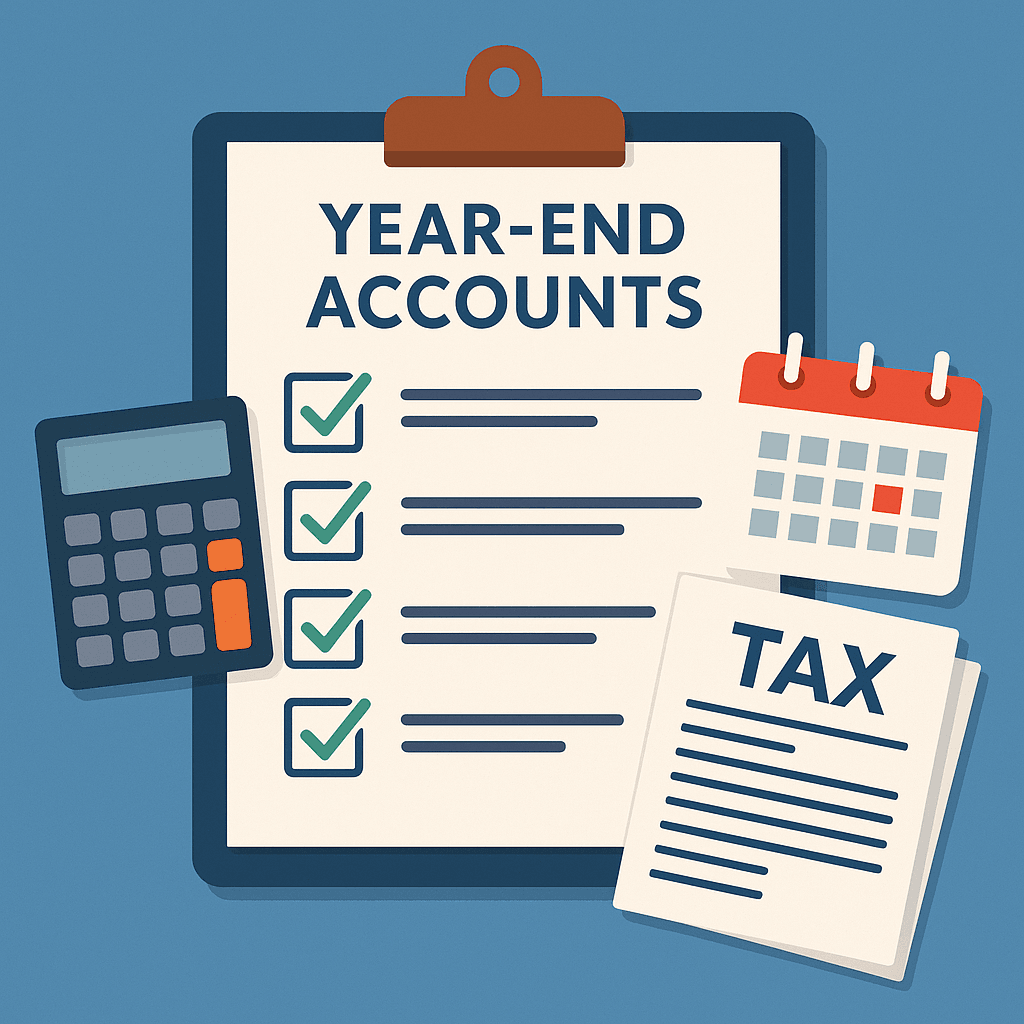For many small businesses, keeping track of receipts and records can feel like an endless struggle. Paper slips fade, get lost, or pile up in drawers, leaving business owners scrambling at tax time or when making financial decisions. The shift towards digital receipts and records isn’t just a trend—it’s quickly becoming the smarter, more efficient way to manage business finances. Embracing digital record-keeping can save time, reduce errors, and even improve your business’s financial health.
The Problem with Paper
Traditional paper receipts and records come with plenty of drawbacks. They’re easy to misplace, difficult to organise, and can deteriorate over time. For businesses that rely on keeping paper trails, it’s all too common for important documents to go missing—leading to incomplete accounts, missed tax deductions, or unnecessary stress when audited.
The Benefits of Going Digital
1. Better Organisation
Digital systems allow you to categorise receipts and records instantly. With cloud-based software, receipts can be uploaded, tagged, and stored securely, making them easy to find when needed.
2. Improved Accuracy
Manual entry is prone to mistakes. Digital tools often scan and extract data automatically, reducing the risk of human error and ensuring figures are more reliable.
3. Time-Saving
No more hours spent sorting through boxes of receipts. Digital systems make it simple to upload receipts directly from your phone, email, or till system, saving valuable time that can be spent running your business.
4. Enhanced Security
Paper records are vulnerable to damage or loss from fire, flooding, or theft. Cloud-based solutions keep data secure with encryption and backups, giving you peace of mind.
5. Easier Tax Compliance
Digital receipts and organised records make tax preparation far smoother. HMRC accepts digital copies of receipts, provided they are accurate and readable, meaning there’s no need to hoard piles of paperwork.
Choosing the Right System
There are many tools available for small businesses, from standalone receipt-scanning apps to full accounting software that integrates bookkeeping, invoicing, and reporting. The best option depends on your business’s size, complexity, and budget, but investing in the right system can pay for itself in saved time and improved financial clarity.
Overcoming the Transition
Switching to digital can feel daunting, especially for businesses that have relied on paper for years. The key is to start small. Begin by digitising new receipts and gradually work through older records if needed. Train staff on the new system and make it part of your routine to upload receipts immediately.
Final Thoughts
Embracing digital receipts and records isn’t just about keeping up with technology—it’s about creating a more efficient, reliable, and stress-free way to manage your business finances. By cutting down on paper clutter, reducing errors, and making tax time easier, small businesses can focus less on admin and more on growth. In the long run, digital record-keeping is not just convenient, it’s essential.




